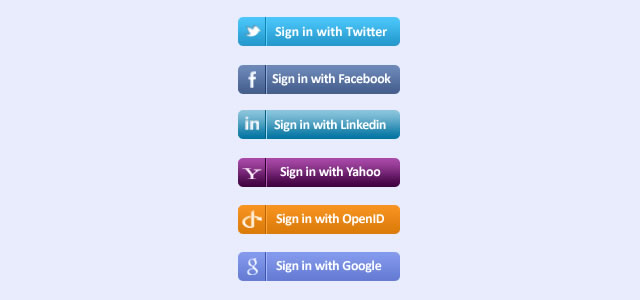var WebSocketServer = require('websocket').server;
var http = require('http');
var server = http.createServer(function(request, response) {
console.log((new Date()) + ' Received request for ' + request.url);
response.writeHead(404);
response.end();
});
server.listen(8080, function() {
console.log((new Date()) + ' Server is listening on port 8080');
});
wsServer = new WebSocketServer({
httpServer: server,
// You should not use autoAcceptConnections for production
// applications, as it defeats all standard cross-origin protection
// facilities built into the protocol and the browser. You should
// *always* verify the connection's origin and decide whether or not
// to accept it.
autoAcceptConnections: false
});
function originIsAllowed(origin) {
// put logic here to detect whether the specified origin is allowed.
return true;
}
var connections = {};
var connectionIDCounter = 0;
wsServer.on('request', function(request) {
if (!originIsAllowed(request.origin)) {
// Make sure we only accept requests from an allowed origin
request.reject();
console.log((new Date()) + ' Connection from origin ' + request.origin + ' rejected.');
return;
}
//var connection = request.accept('kraken-protocol', request.origin);
var connection = request.accept(null, request.origin);
connection.id = connectionIDCounter ++;
connections[connection.id] = connection;
console.log((new Date()) + ' Connection ID ' + connection.id + ' accepted.');
connection.on('message', function(message) {
if (message.type === 'utf8') {
console.log('Received Message: ' + message.utf8Data);
//connection.sendUTF(message.utf8Data);
broadcast(message.utf8Data)
}
else if (message.type === 'binary') {
console.log('Received Binary Message of ' + message.binaryData.length + ' bytes');
connection.sendBytes(message.binaryData);
}
});
connection.on('close', function(reasonCode, description) {
console.log((new Date()) + ' Peer ' + connection.remoteAddress + ' disconnected. '+"Connection ID: " + connection.id);
// Make sure to remove closed connections from the global pool
delete connections[connection.id];
});
});
// Broadcast to all open connections
function broadcast(data) {
Object.keys(connections).forEach(function(key) {
var connection = connections[key];
if (connection.connected) {
connection.send(data);
}
});
}
// Send a message to a connection by its connectionID
function sendToConnectionId(connectionID, data) {
var connection = connections[connectionID];
if (connection && connection.connected) {
connection.send(data);
}
}

